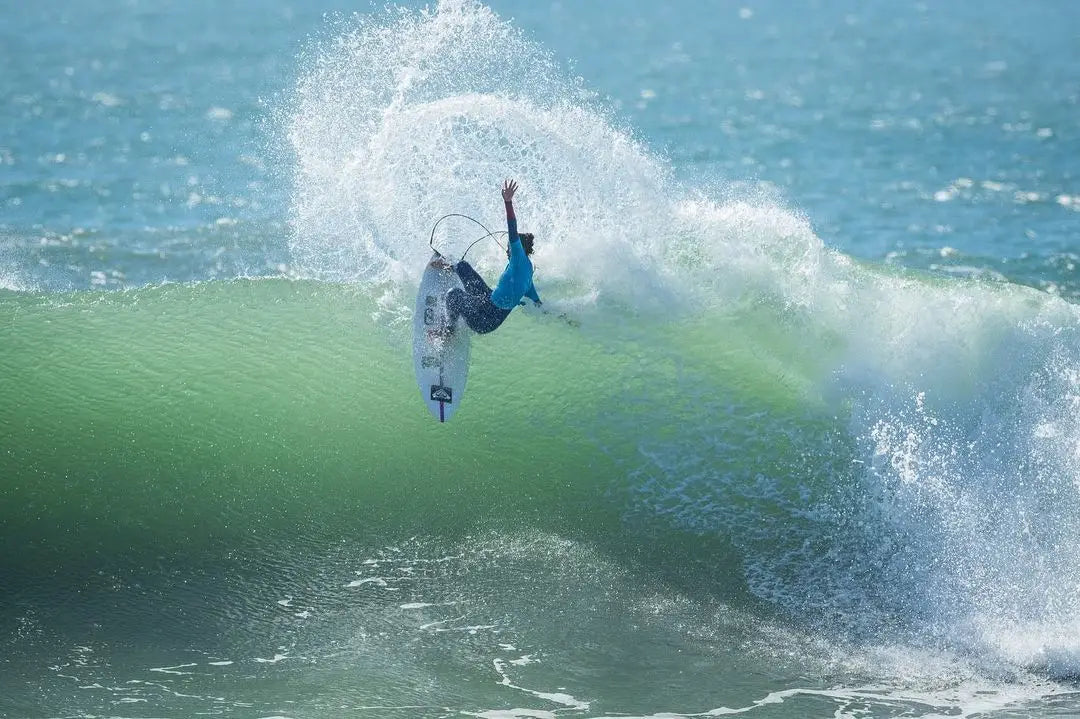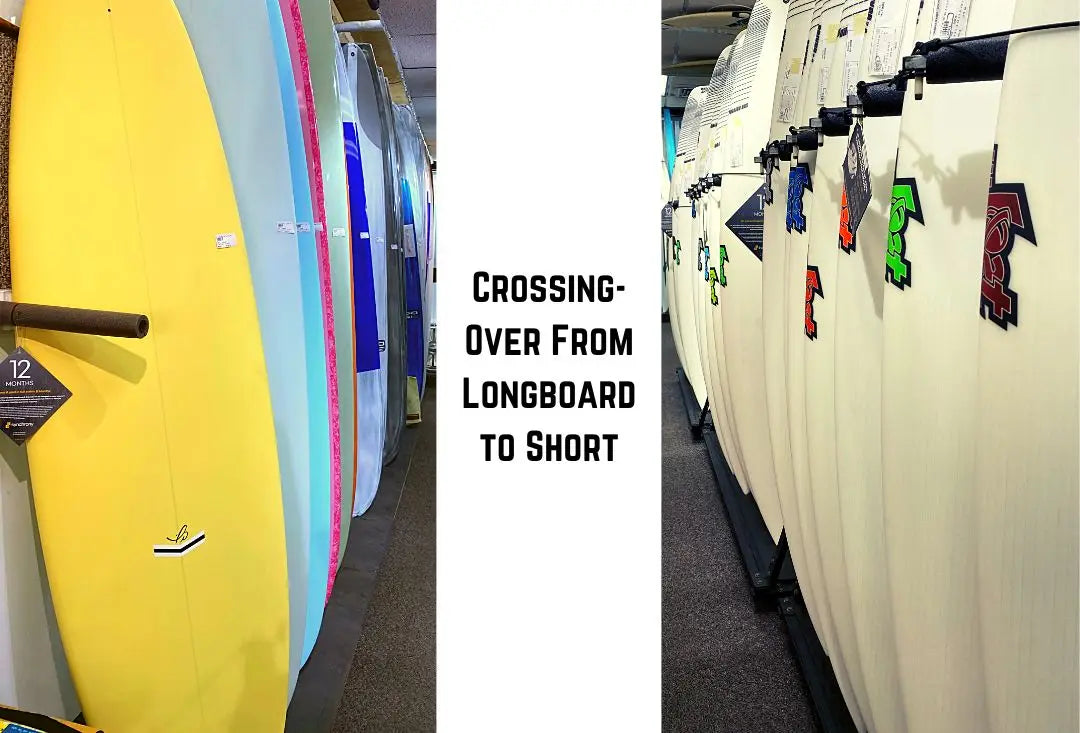A Personal Shortboard Revolution Crossing-Over From Longboard to Short
A Personal Shortboard Revolution
While many people are under the impression that longboards are only for beginners, those of us who have dedicated ourselves to the log know that it can be as technically impressive to ride as a high-performance shredstick.
From traditional noseriding to barrel rides and vertical snaps on a performance longboard, shapes over 9'0" look as good as they feel when they are under the feet of an accomplished surfer, and riding them is more often a matter of choice than necessity.
But a time comes for many dedicated longboarders when they find that they want to add more variety and options to their quivers. Whether this means trying out mid-length single fins, retro fish, or high-performance boards, the transition to shorter boards takes a bit of getting used to.

Surfer: @bettylou.sakura.johnson
While it may seem pretty obvious, it’s worth mentioning that shorter boards typically paddle slower and ride faster and more responsive (or twitchy) than longboards. This is due to the decreased volume in the boards. Thus, when adding a shorter board to your quiver, be sure to take volume into account, since this will be the most noticeable change for you.
Depending on your ability and paddling strength, you may not actually need that much volume. Professional high-performance surfers ride boards down around 25-27 liters. These boards paddle very slow compared to longboards, and are much harder to get into waves, but advanced surfers are able to put themselves into position to take off under the lip and catch waves with only one or two paddles. And the tradeoff is that although these boards don’t get into waves as well, they are able to handle more critical drops, maneuvers and barrels.
Our volume chart spells out the target volume that you should be looking for when moving to a shortboard, depending on your skill level and weight. Most non-professional surfers will want to put themselves no higher than the intermediate category when looking at this chart, especially if they are buying their first shortboard.
The volumes in the advance and expert columns are quite low, and could end up resulting in your new shortboard being relegated to the garage instead of reinventing surfing for you. Remember, surfing is supposed to be fun, so you need a shortboard that will still allow you to catch waves—and that will generate speed for you across flat sections when you aren’t able to do so yourself.
You will also want to reconsider where you surf once you move to a shortboard. That isn’t to say that you should abandon your old favorite waist-high point breaks. By all means, keep riding your longboard at waves such as this—there aren’t many better feelings in the world! But you probably won’t enjoy your shortboard as much if you ride it at longboard waves, so try exploring and branching out, and find waves that provide the power needed to propel your new, lower-volume board.
At the end of the day, a diverse quiver is all about expanding your surf experience, and making sure you have a board to fit any conditions. It’s easy to get trapped in a narrow-minded commitment to one type of board, whether that be a longboard, shortboard, or something else entirely. But the best surfers in the world know that each type of board offers its own special characteristics that thrive in specific waves.



